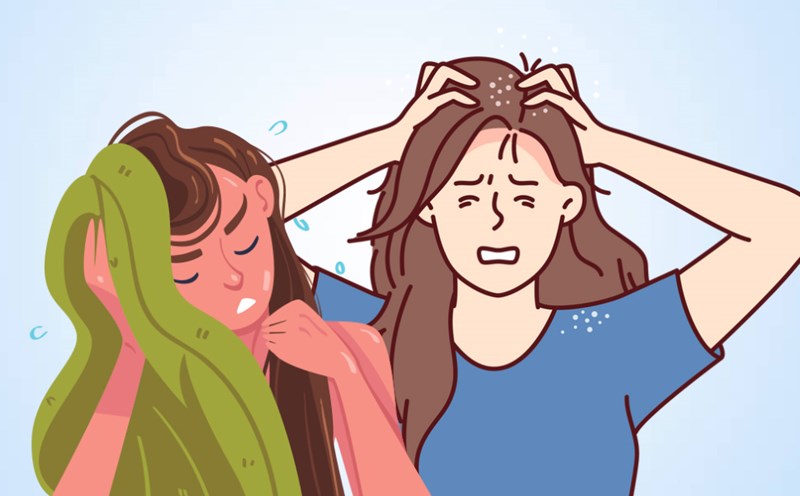Mushroom and bacterial acne are two common skin diseases that can be easily confused because they have similar shapes. However, distinguishing the right type of acne will help choose the most suitable and effective treatment method.
What are fungal acne?
Fatty acne, or Malassezia follicular inflammation, comes from the overgrowth of the fungus in the hair follicles. Mushroom acne often has small, red nodules, causing itching, growing into clusters and does not have the blackheads or whiteheads that are common. Mushroom acne often occurs in oily skin and hot, humid environments, especially in people with weakened immune systems or conditions related to Malassezia fungus, according to Onlymyhealth.
What are bacterial acne?
In contrast, bacterial acne (inflammatory acne) occurs when Cutibacterium acnes bacteria thrive excessively in clogged pores. Bacterial acne is often swollen, has pus, and causes sensitive pain when touched. This type of acne is common in adolescents and often appears on the face (T area), shoulders, and upper back.
The main difference between fungal acne and bacterial acne
Bacterial acne is often a large, red, pus-induced, and painful lump.
Mushroom acne is usually small, even nodules, red or colored, causing itching and no filling.
Regarding location, bacterial acne often appears on the face, especially in the T-shaped area, while fungal acne often appears in oily skin areas such as the chest, back and shoulders.
Causes of acne caused by fungi and bacteria
Bacterial acne is often caused by a combination of hormonal disorders, increased oil secretion and clogged pores. Mushroom acne is mainly caused by hot, humid environments, sweating, and wearing tight clothes, which increases the growth of Malassezia fungus on the skin.
Treatment methods
Treating bacterial acne often uses topical antibiotics, benzoyl peroxide, salicylic acid or retinoids. In contrast, fungal acne requires antifungal medications such as ketoconazole cream or oral medications in severe cases. Incorrect treatment, such as antibiotics for fungal acne, can make the disease worse. In addition, changing habits such as wearing breathable clothes and skin hygiene after sweating also helps control acne caused by fungus.
Note
Fatty acne and bacterial acne may be similar in appearance, but due to different agents and require separate treatments. Accurately distinguishing between types of acne helps increase treatment effectiveness and avoid unwanted complications.










